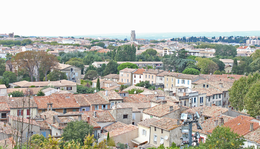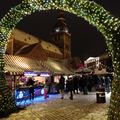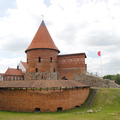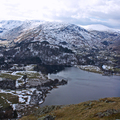Egy előző bejegyzésemben már beszámoltam Toulouseról, ahol Dél-Francia körutunkat indítottuk. Most Carcassonet, a francia erődvárost szeretném bemutatni Nektek.
In a previous post I already wrote about Toulouse, where our trip in South-France started. In this part, I would like to show you the fortress city of Carcassone.
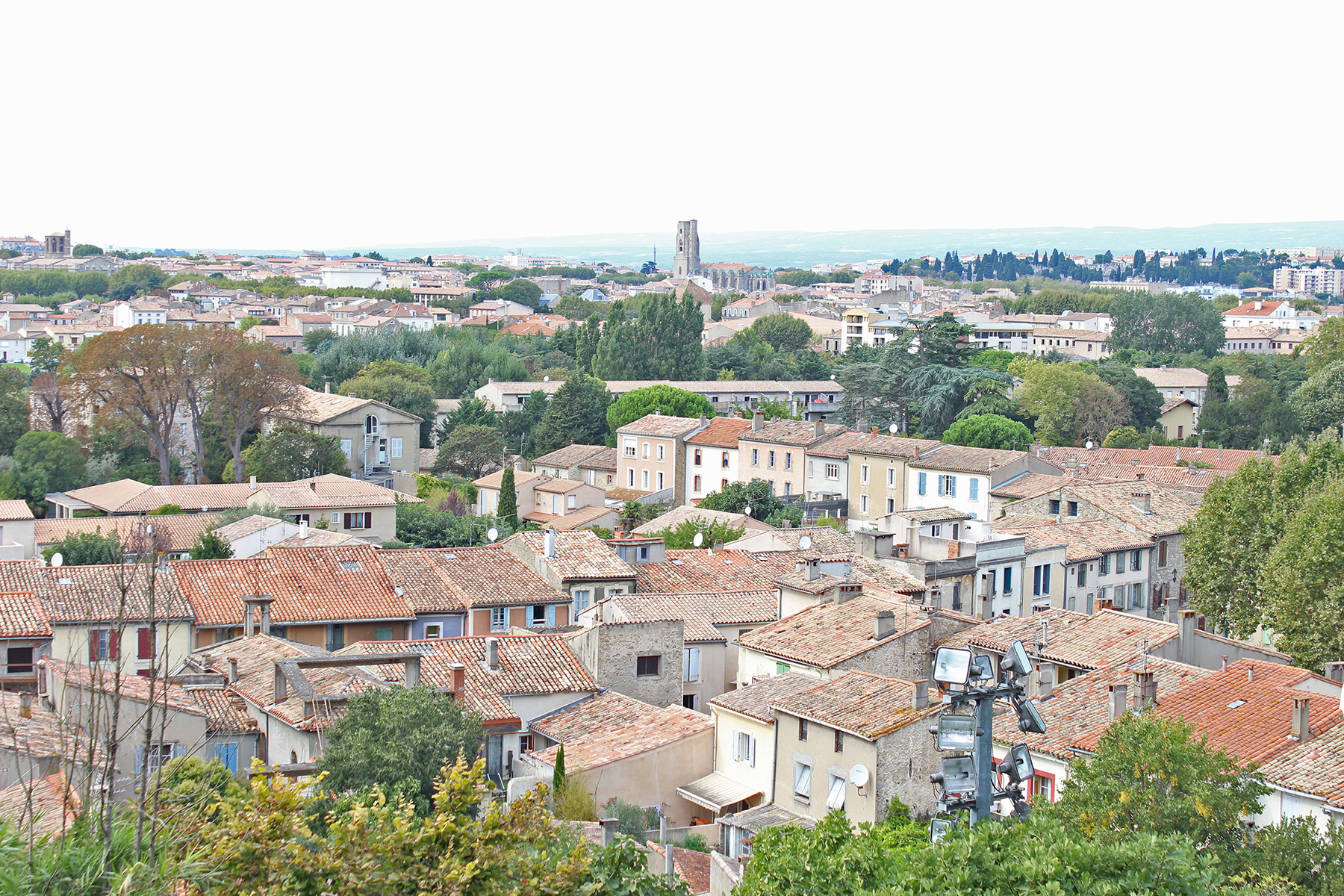
Utazás/ Travel
Korán reggel indultunk Toulouseból, hogy legyen időnk felfedezni a várost, hiszen szállásunk Beziersben volt.
Mi BlablaCarral találtuk meg a számunkra legideálisabb fuvart, de vonattal vagy Flixbusszal is viszonylag gyorsan (kb 2 óra) és kedvező áron juthatunk el Carcassoneba. A városnak reptere is van, ahova Anglia, Németország és Írország több városából érkeznek utasszálíttó repülők.
We got up early in Toulouse and headed to Carcassone with carshare. As our hotel for the night was in Beziers, we tried to make the most of the day. For us the most conveninet was to find transport on BlaBlaCar, but you can go by train or FlixBus easily and quite cheap too. Carcassone has and airport too, with cheap flights mostly from Ryanair going there mostly from England, but as I remember there are some from Ireland and Germany too.
Látnivalók /Things to see
A város építészete számomra nagyon hasonló volt Beziers egyes részeihez, alapvetően egy hangulatos, meglehetősen nyugis helyről beszélünk. Pihenéshez, 1-2 napos kirándulásokhoz tökéletes lehet, ám ha hosszabb időt szeretnénk a környéken eltölteni, érdemes lehet feldefezni más közeli városkákat is.
The architecture is quite similar to Beziers, it is cute, it is quiet, it is romantic. To chill out, unwind, make a 1-2day trip it can be great, if you prefer to stay longer in the are I recommend visiting more nearby cities.
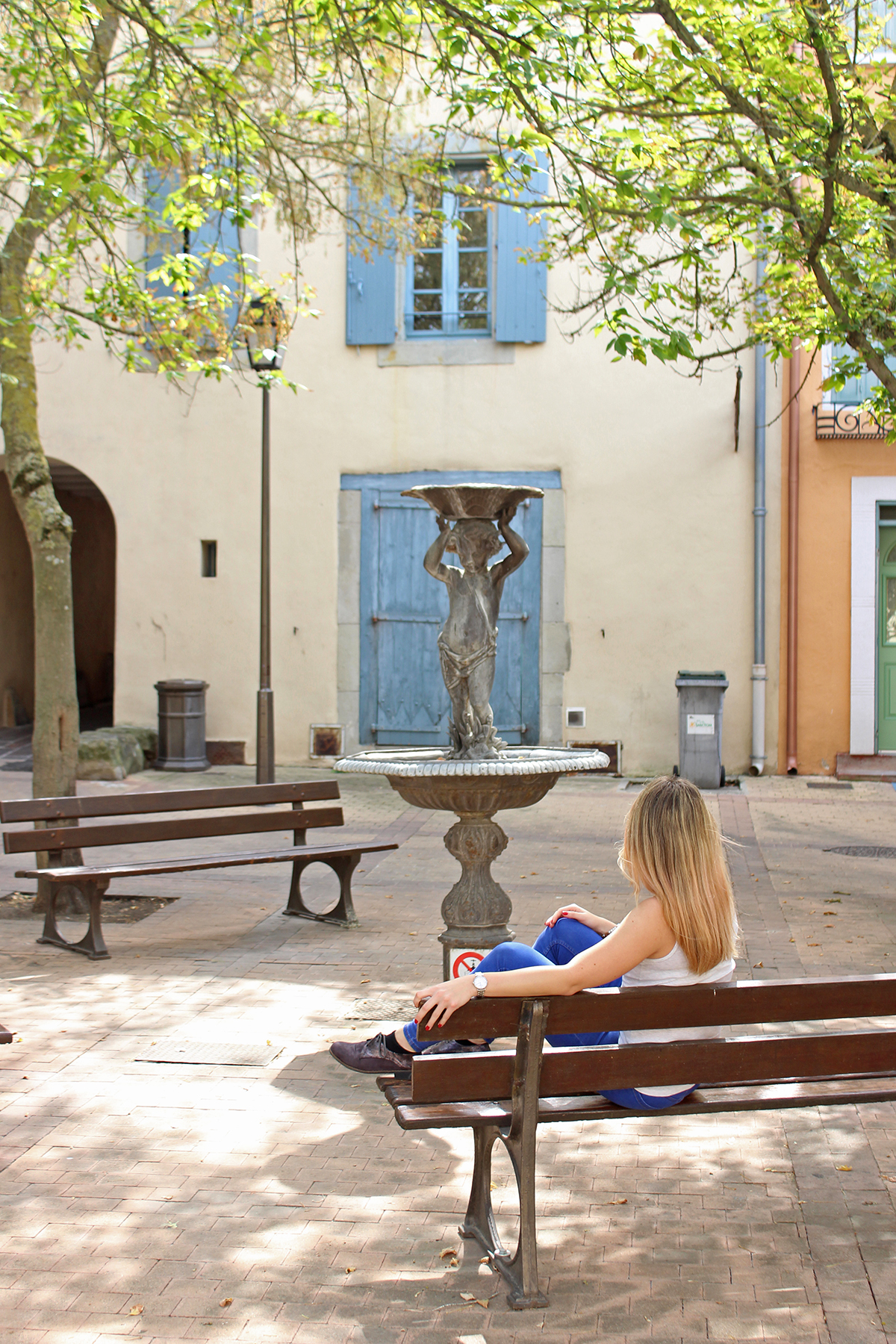
A központból átsétálva szép kilátás nyílik az ikonikus Pont Vieux hídra és Európa legnagyobb középkori várára.
Walking from the city centre, there is a great view on the iconic Pont Vieux and the greatest medieval castle of Europe.
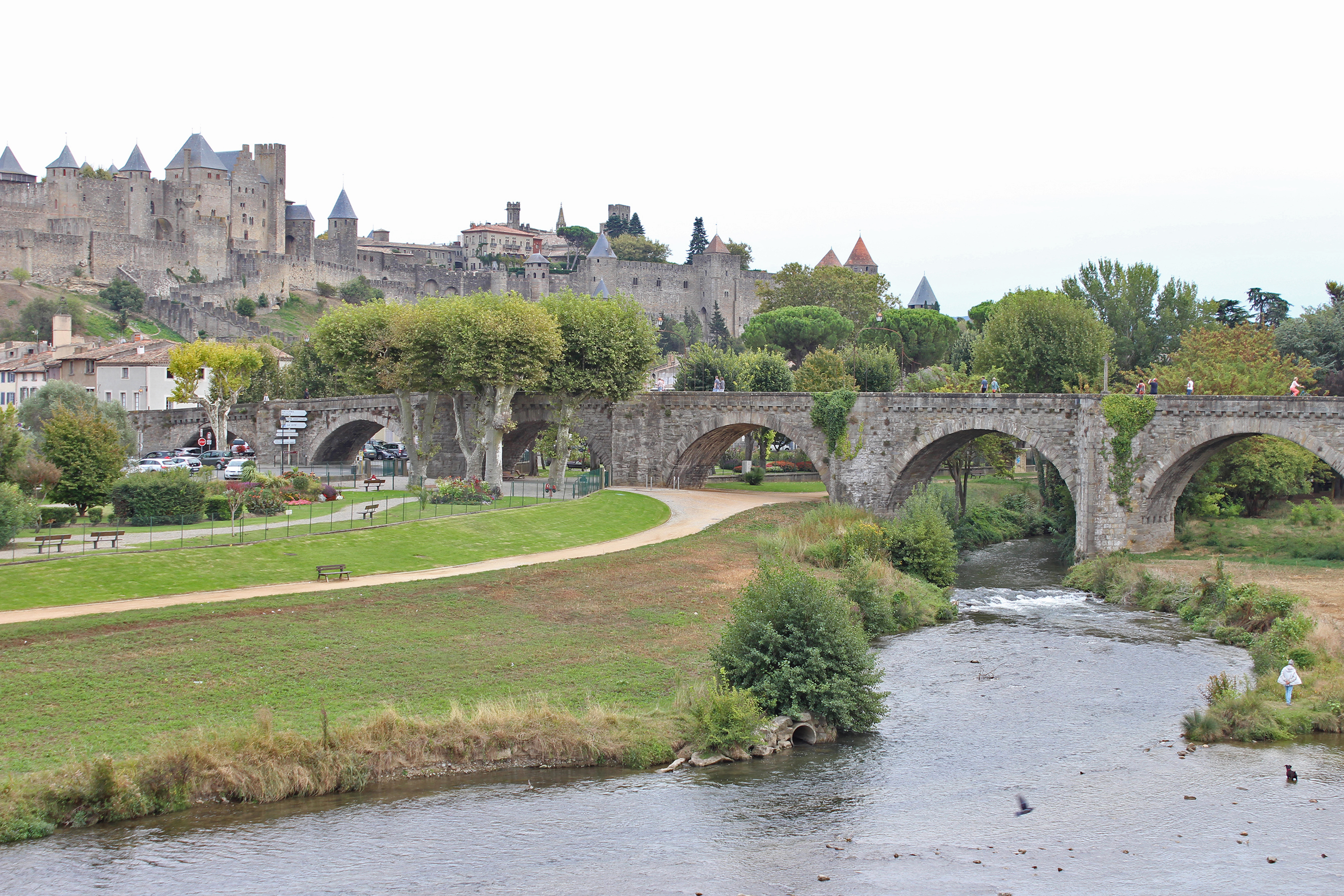
A fő látványosság a várnegyedben rejlik, mi itt töltöttük a nap nagy részét, felfedeztük az ingyenesen látogatható várat és ebédeltünk az egyik tipikus francia fogásokat kínáló étteremben.
The most interesting thing to see is the castle area, we spent most of our time here, we discovered the beautiful casle- which is by the way, free to visit- and had lunch in a restaurant, serving typical french food.
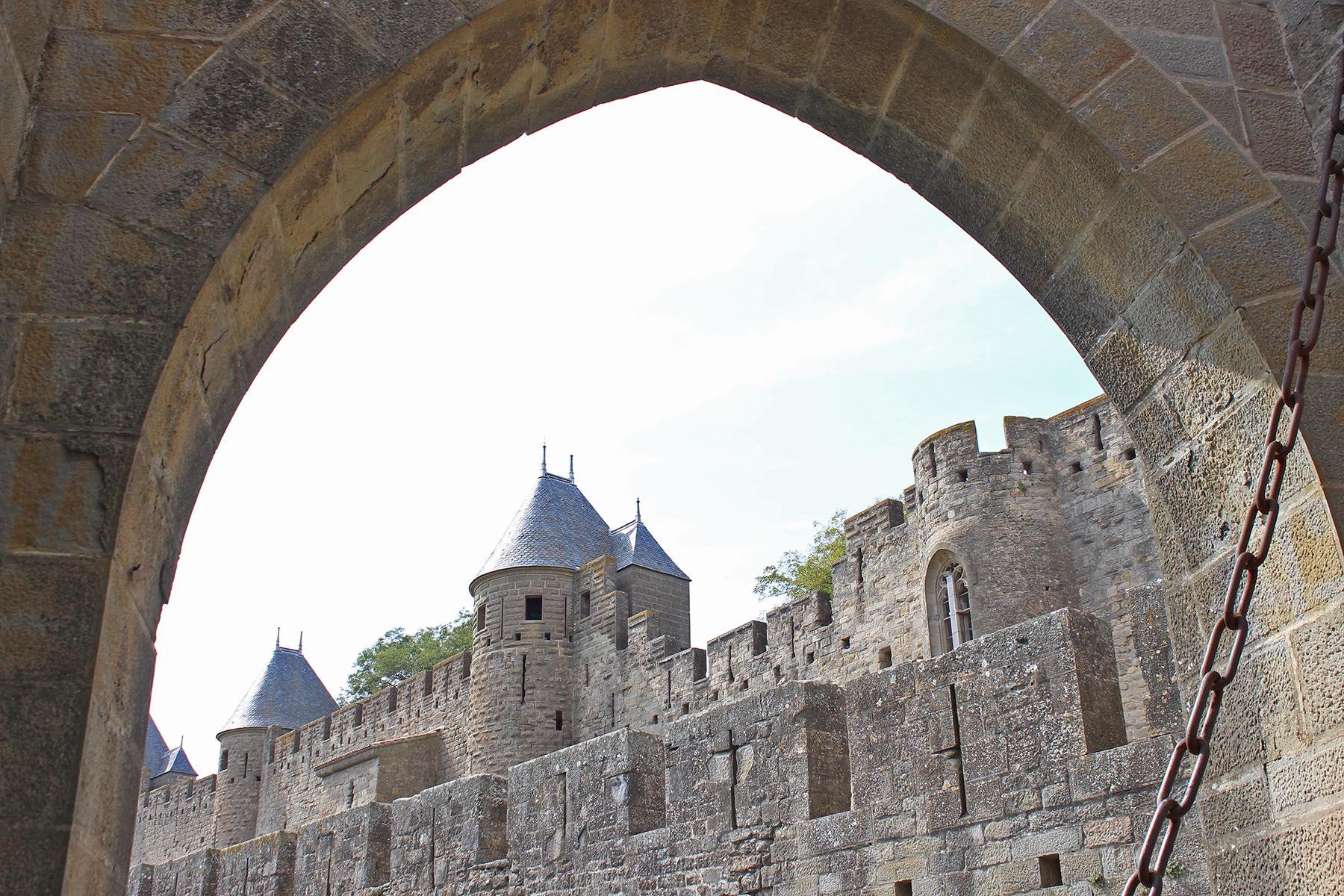
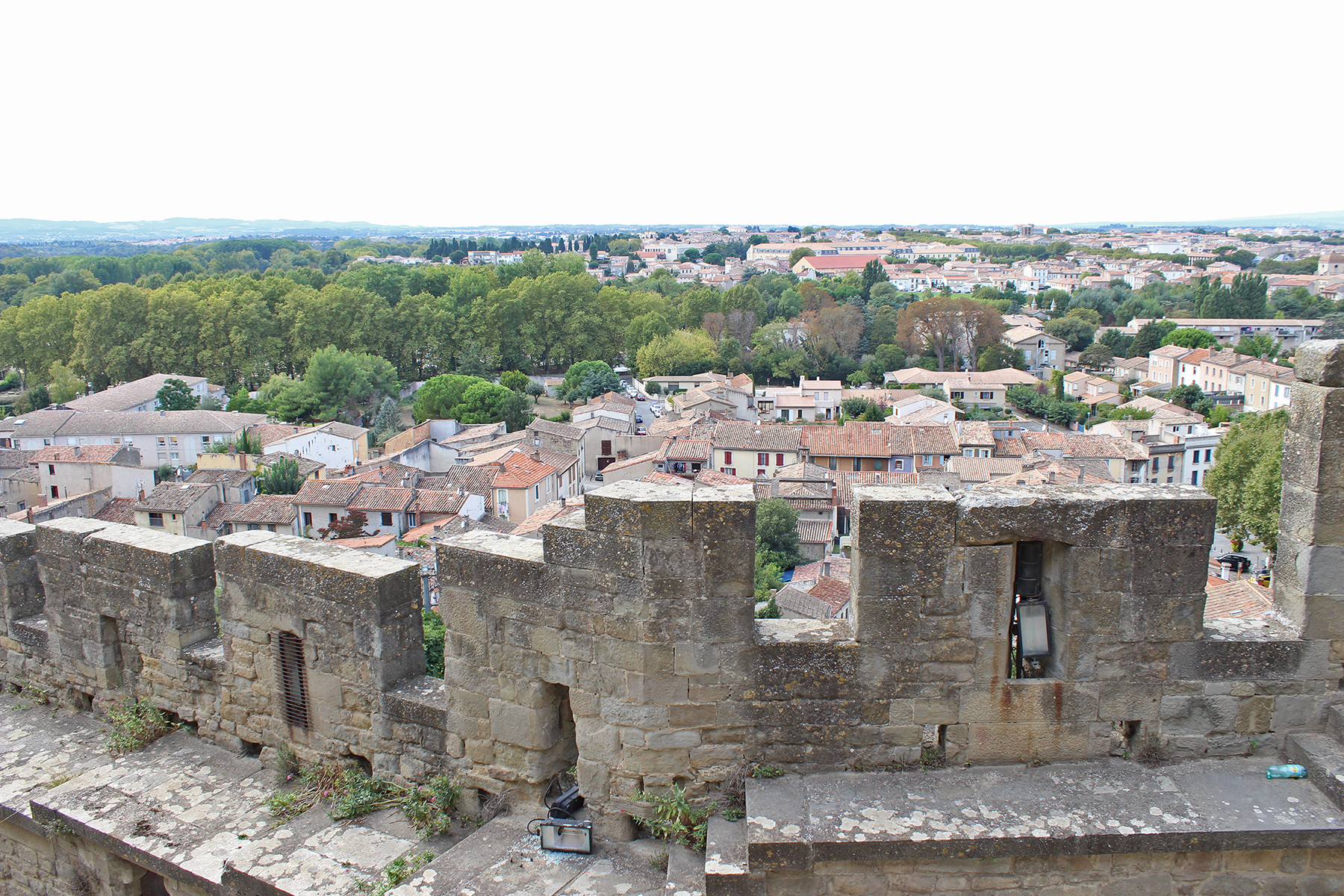
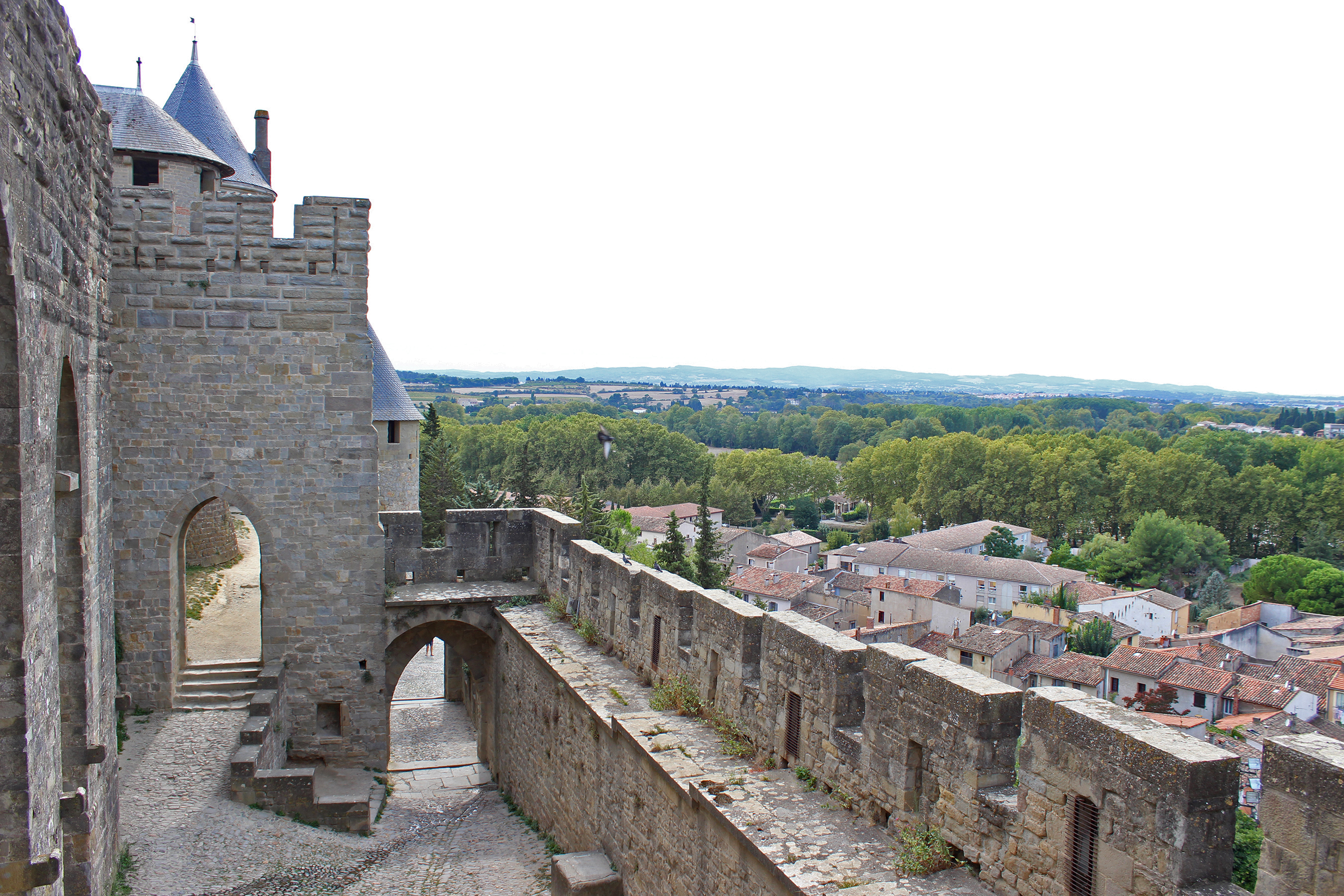
Ha ma látogatjuk a középkori várat, elsőre nehezen hisszük el, hogy kis híján az enyészeté lett. Az alapok még időszámításunk előtt 6 évszázaddal kerültek felhúzásra, majd egészen a 13. évszázadig teljesedett az erődítmény. A 17. században azonban állapota igencsak leromlott, majd a 19. században, miután már határozat született a lebontásáról, egy petíciónak köszönhetően 1853-ban teljes restauráción ment keresztül az építész Eugène Viollet-le-Duc jóvoltából.
It is hard to believe at first sight, that the castle was nearly demolished in the 19th century. The base of the castle goes back the to about 600 BC, and until the 13th Century it was growing and fortified by kings reigning in the city. By the 17th century the castle was in a pretty bad condition, but thanks to a petition in the 19th century, in 1853-ban it got restored into it's all glory with the works led by Eugéne Viollet-le Duc.
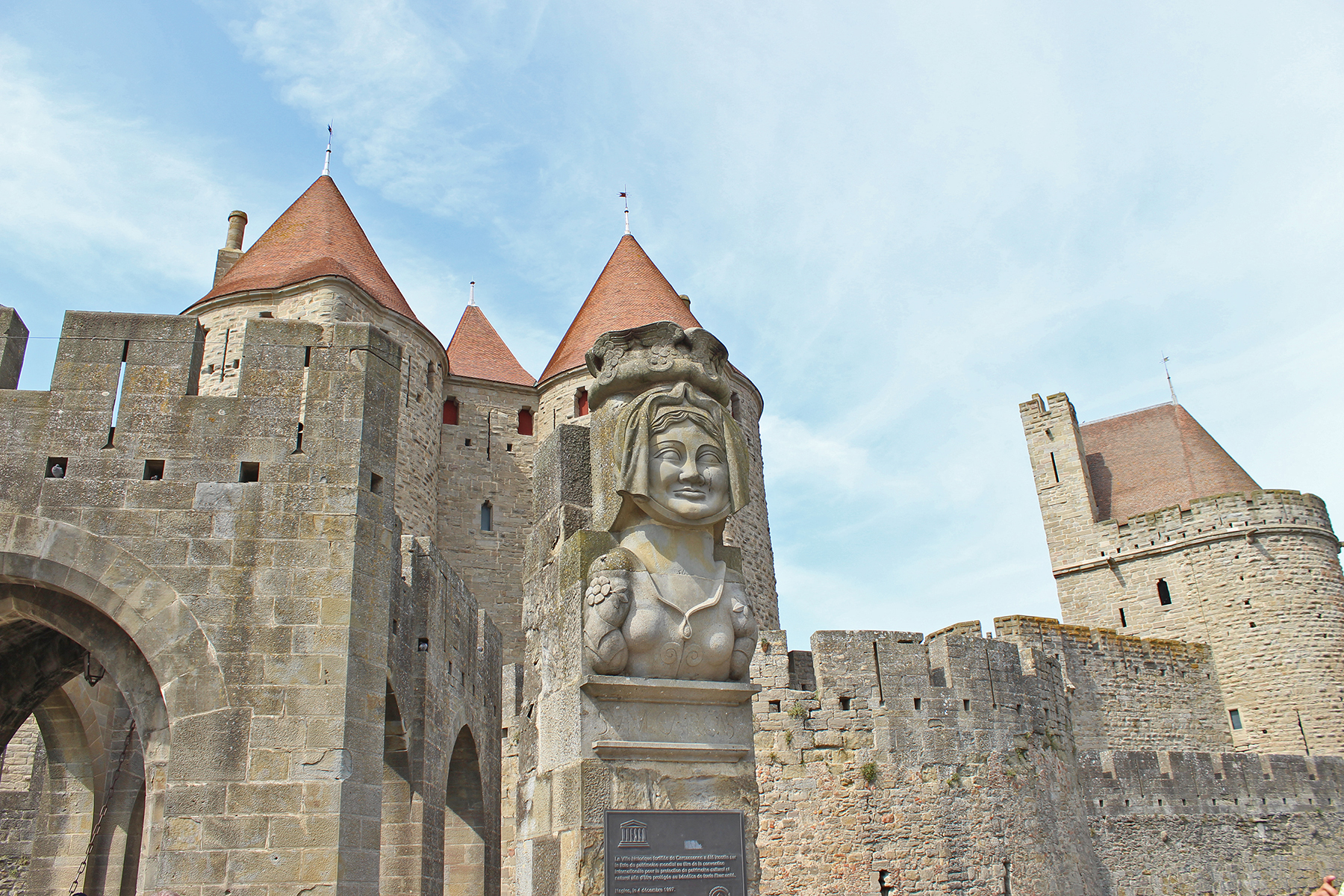

A vár 1997-ben méltóan felkerült az UNESCO világörökség helyszíneinek listájára.
A város erősen épít a turistákra, a várnegyed kis utcáin sétálva számos ajándékboltot és helyi különlegességeket kínáló éttermet találhatunk.
The castle made it to the Unesco World Heritage Site list in 1997.
The city heavily relies on tourism, walking in the little streets, there are many small gift shops and restaurants ofering local cuisine.
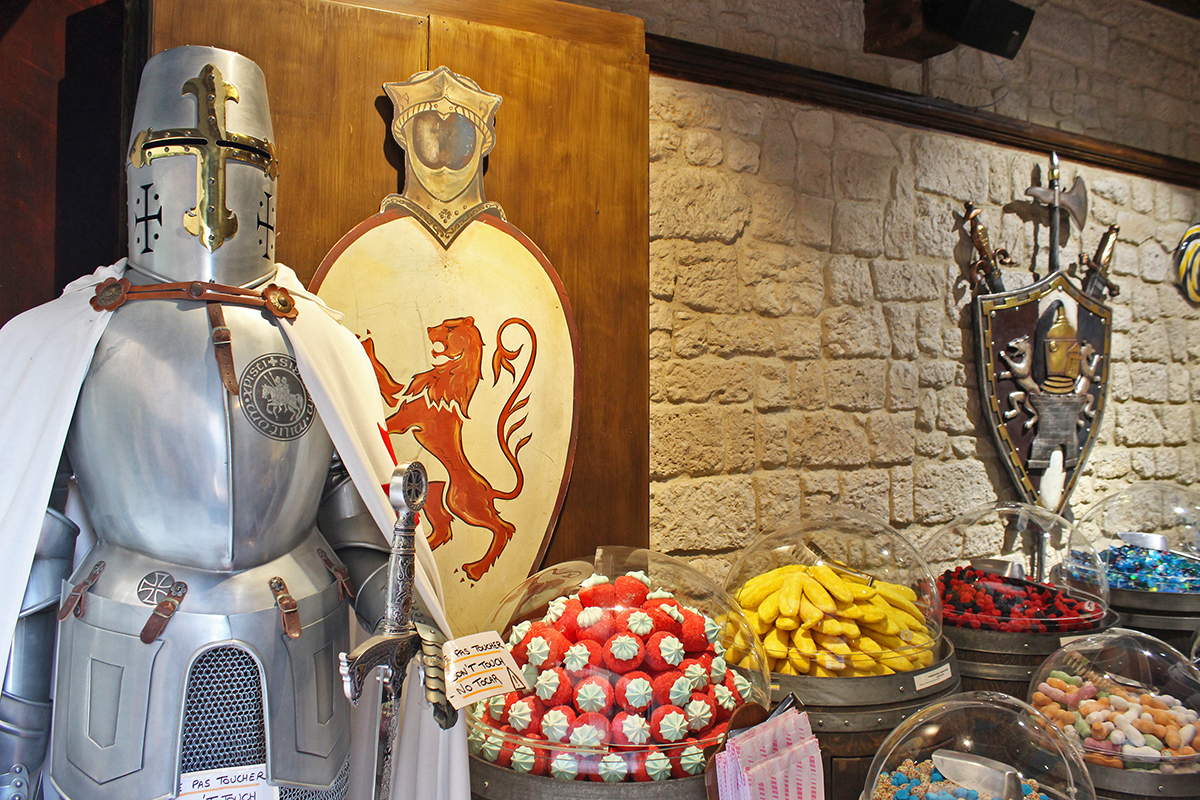
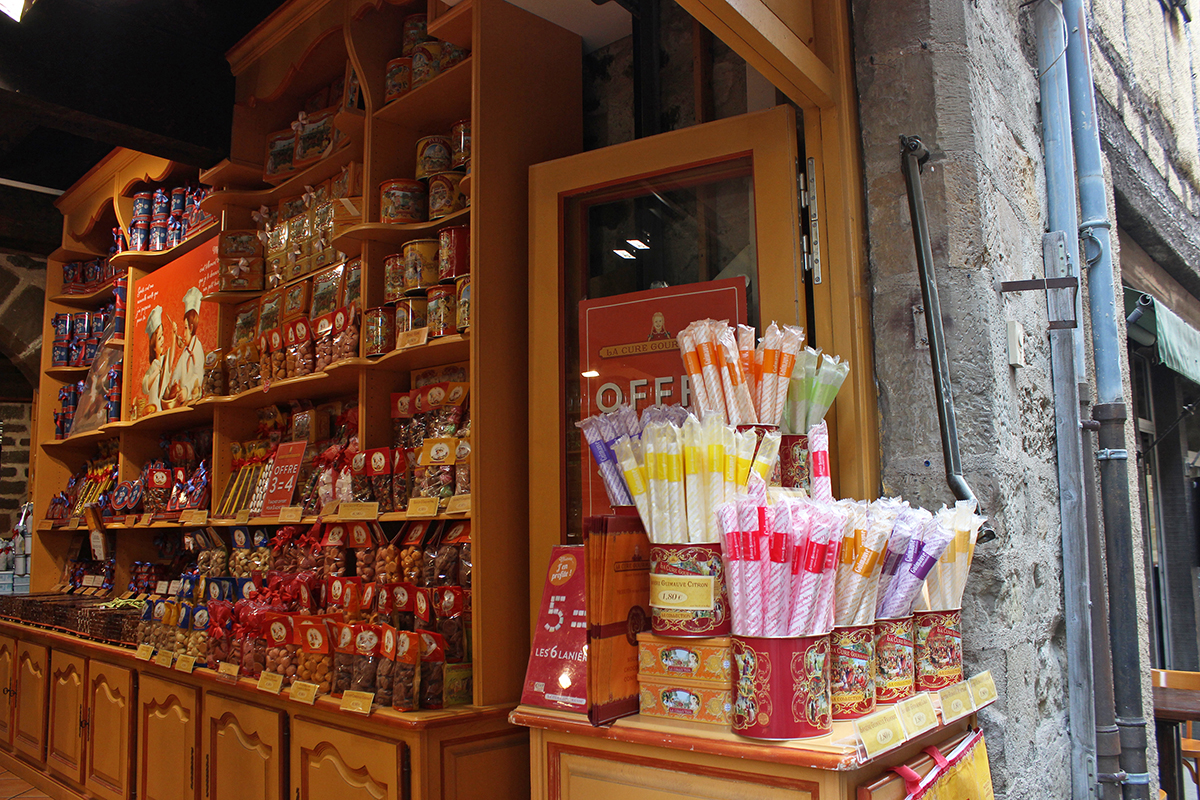
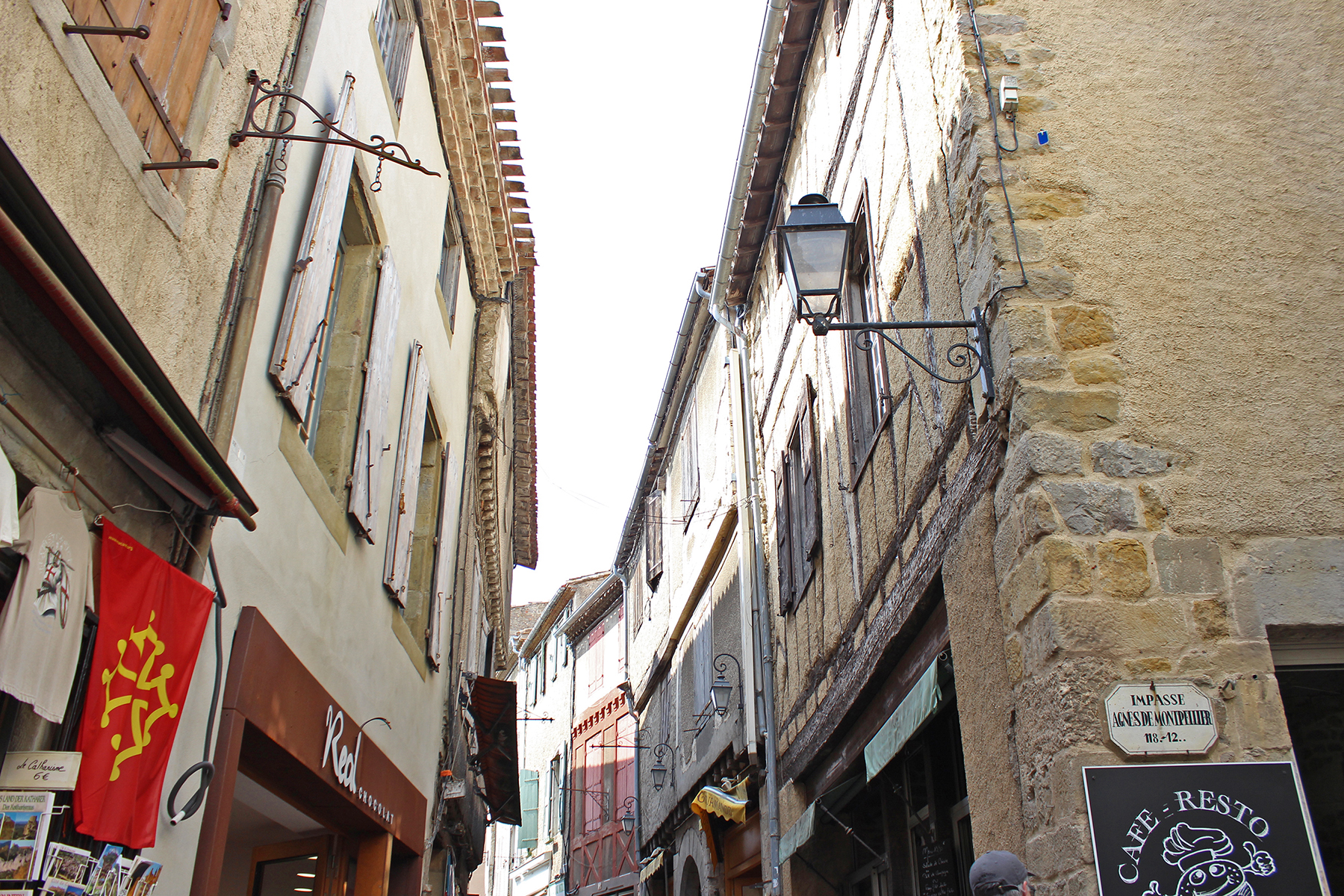
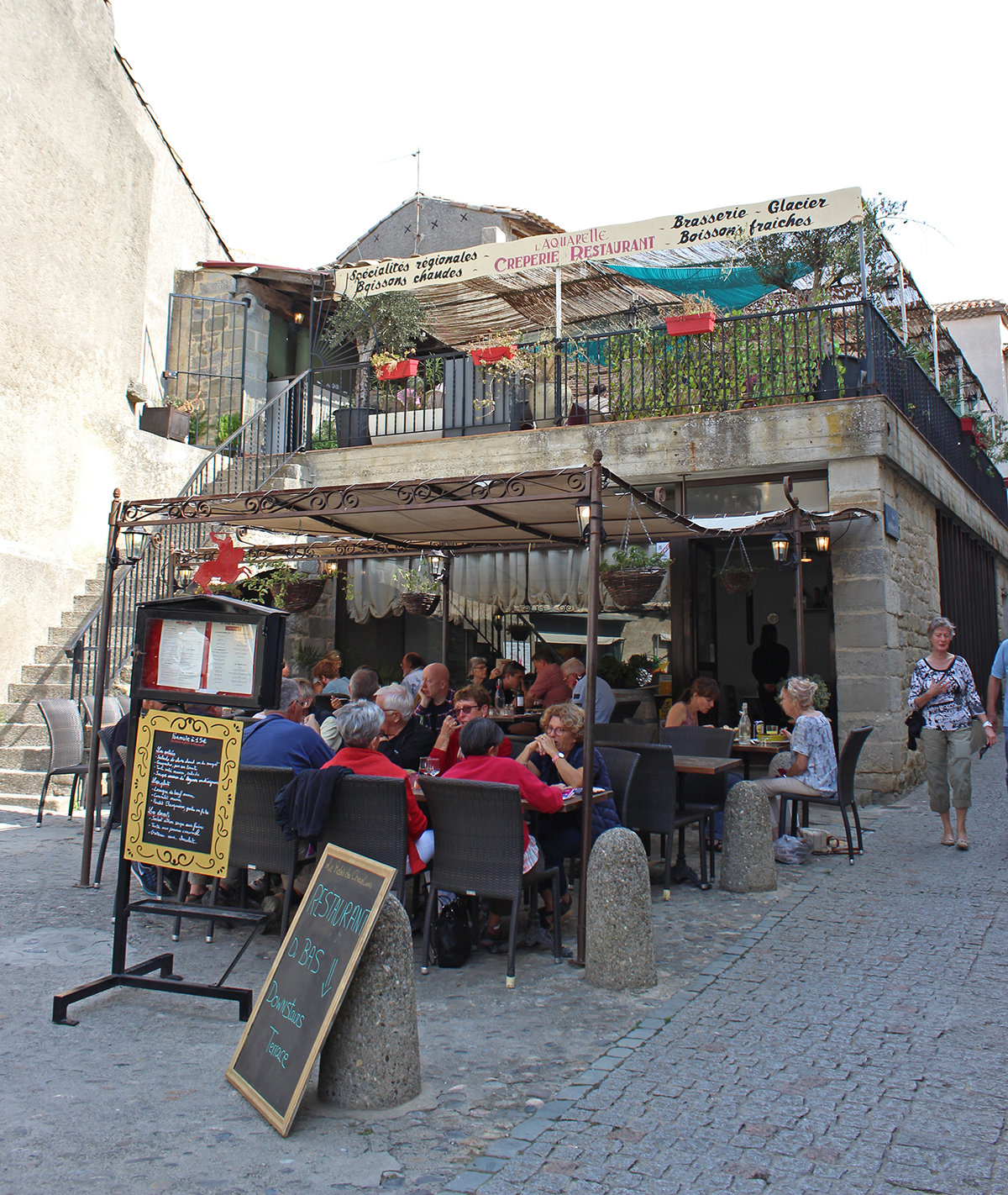
Egy főétel ára 10-14 Euro körül forog általában, 3-fogásos menüket már kb 15 Eurótól találhatunk, mi inkább erre szavaztunk.
A main course is usually around 10-14 Euros, so it can sound like a pretty good deal, that you can also get a 3-course meal for 15. We obviously voted for that.
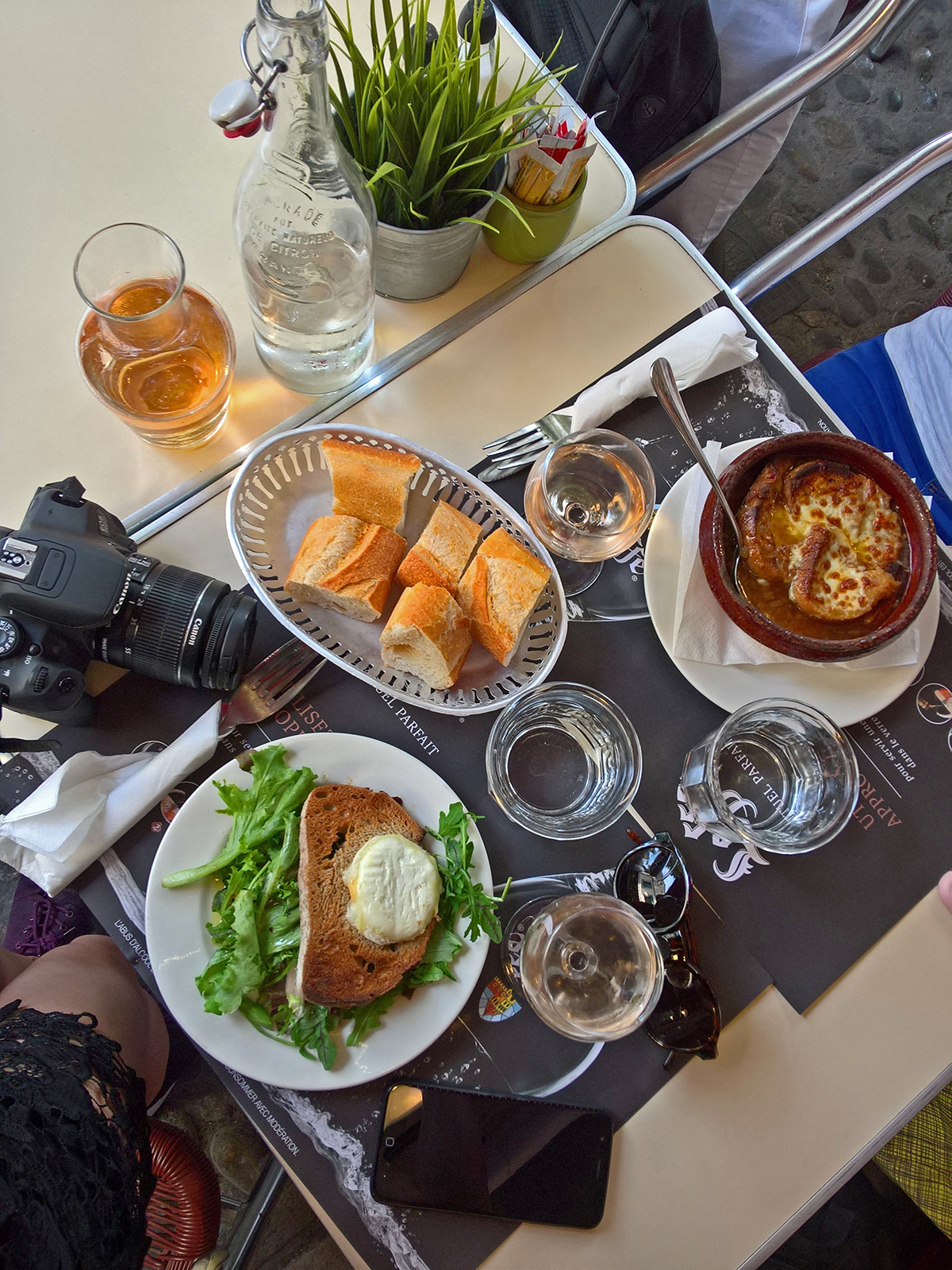
Ha Dél-Franciaországban járunk, érdemes kipróbálni a kagylót és egyéb tengeri herkentyűket, de vegetáriánusok számára jó hír, hogy általában hagymalevest vagy salátát is találhatunk az étlapon.
Bár általában a legtöbb környéki helynél azt tapasztaltuk, hogy az emberek inkább a francia nyelvet preferálják, Carcassoneben kevésbé volt ezzel problémánk. A városban sokan a turizmusból tartják el magukat, így az alapszintű angol vagy német kommunikáció kevésbé jelentett problémát, mint például amit Béziersben tapasztaltunk.
f you are in South-France, it is highly recommended to try out mussels or other seafood, but for vegetarians, it can be good news, that they usually have salads or onion soup on the menu too.
Altough we usually had the feeling that in this part of France, local people don't really speak any other languages besides of french, we didn't have that many issues here. As the place relies on tourism, most people speak basic English or German.

Este indultunk tovább Béziesre, egy következő bejegyzésben erről is hamarosan beszámolok Nektek.
In the evening we headed towards to Beziers- in a next post I'll write more about that for you.
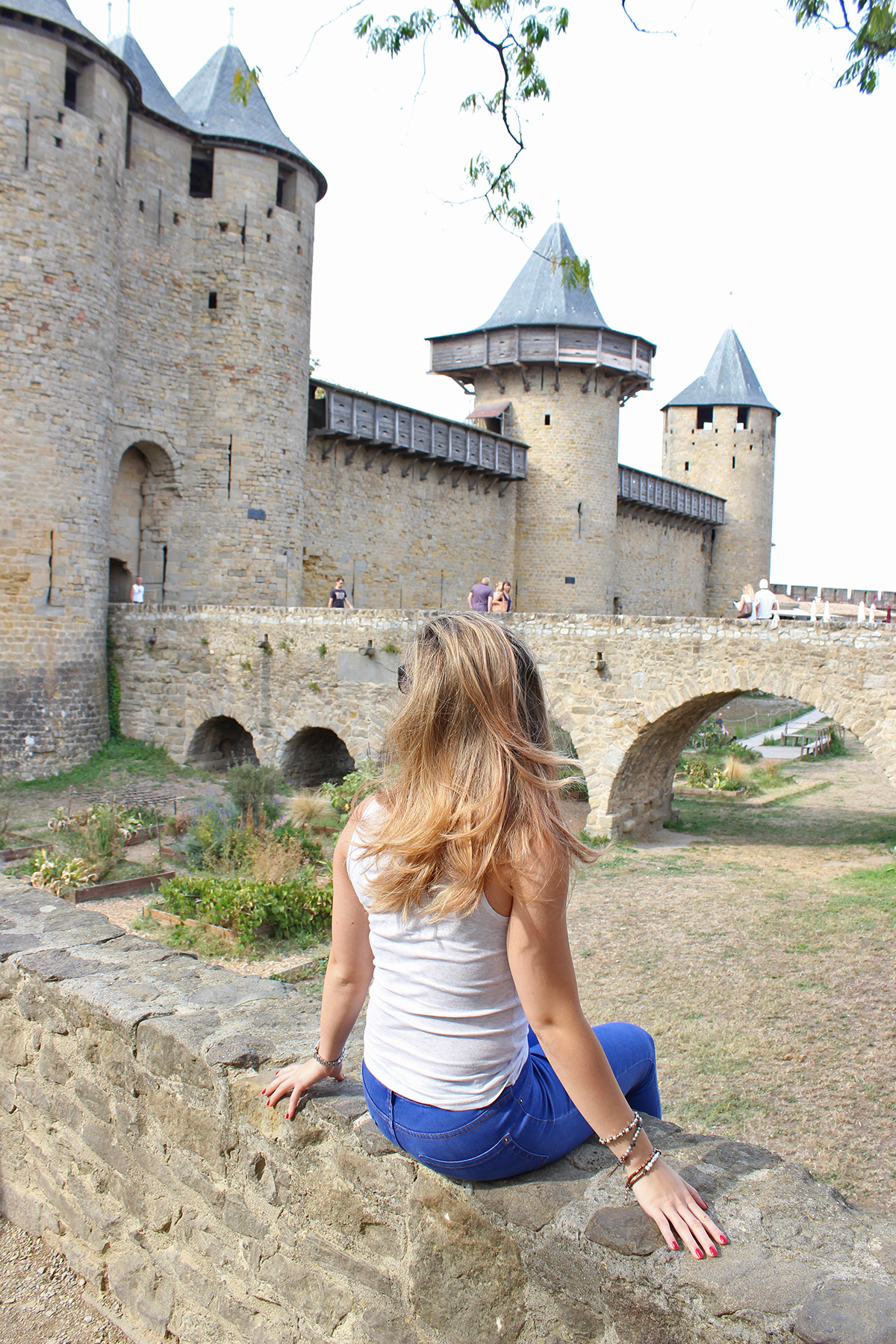
Ti voltatok már Carcassoneban? Hogy tetszett?
Have you been to Carcassone? How did you like it?

